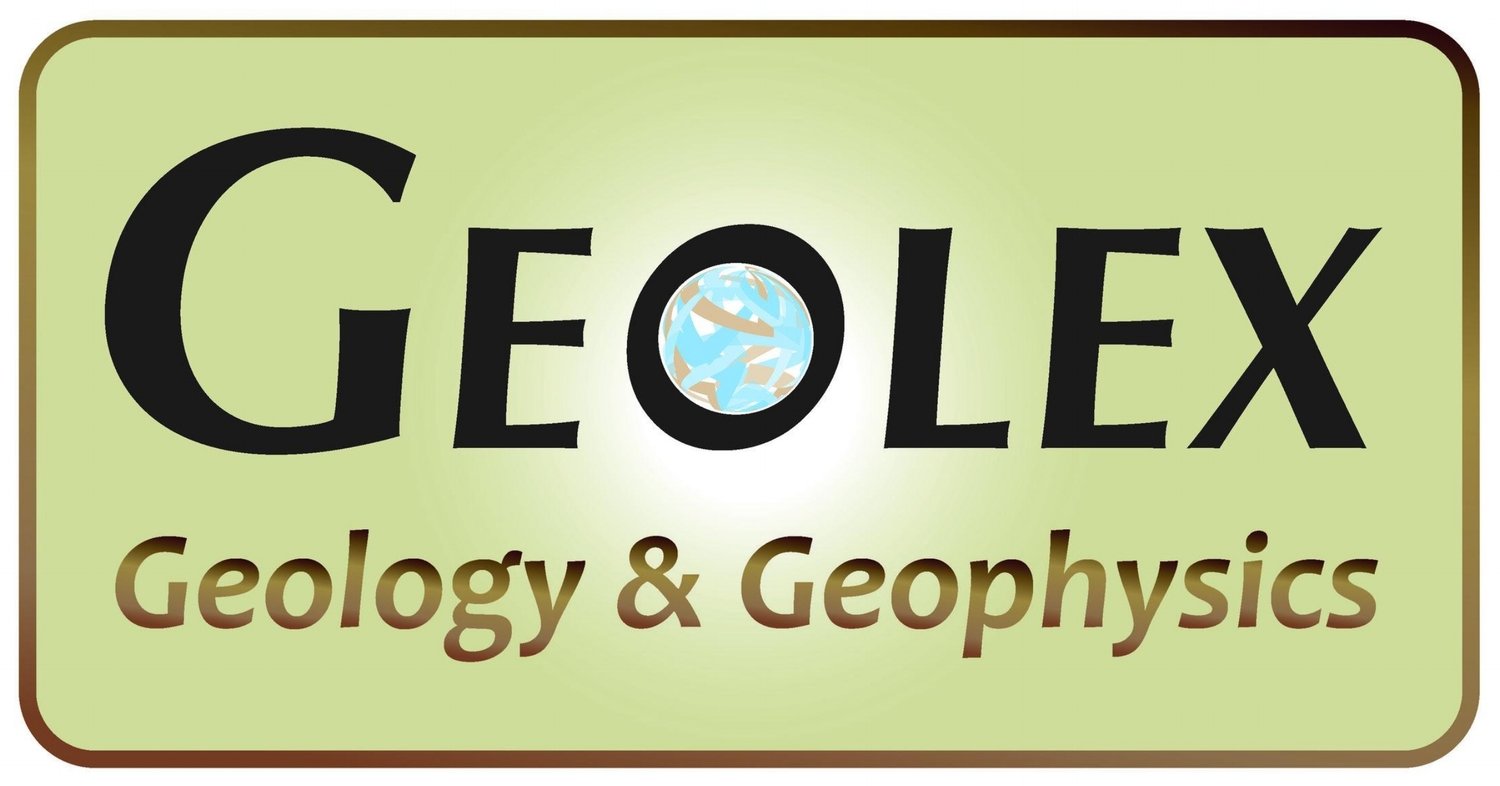Geophysical Services
Abandoned septic drain field and pump station revealed by magnetic methods.
Cy uses Geolex's proprietary magnetometer array to survey the North Helena hills.
Buried Utility and Septic location
Magnetic imagery is commonly used to accurately locate buried pipes, tanks, abandoned wells, waste, UXO, foundations, and other buried structures and voids/cavities, especially when there is a high magnetic contrast between the soil and the buried object.
Scott sets up the Trimble R10 base station and repeater for accurate GPS position control.


